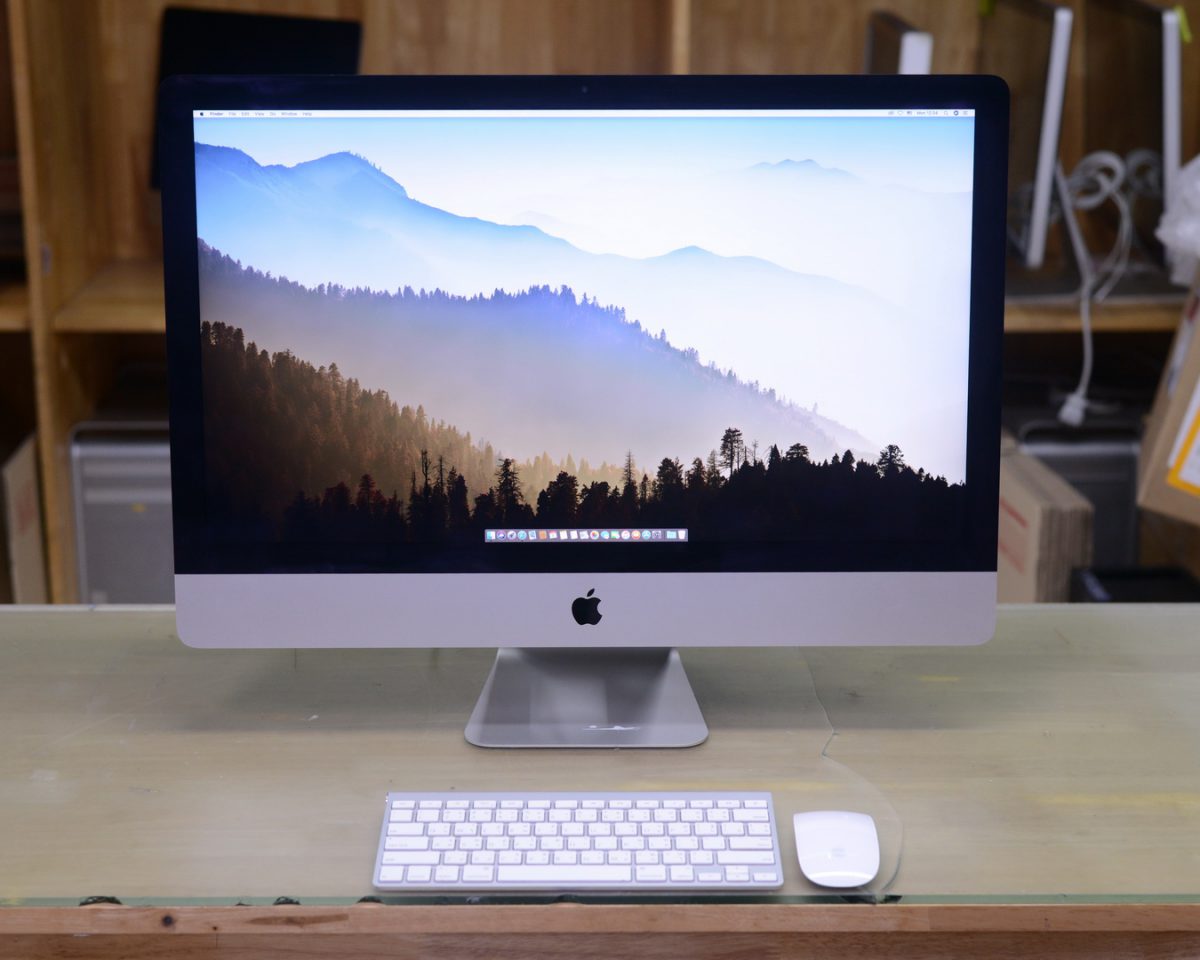

- #Late 2013 imac memory upgrade upgrade#
- #Late 2013 imac memory upgrade pro#
- #Late 2013 imac memory upgrade mac#
The good news is that even if you’re not interested in maxing out to 128GB of RAM, it’s incredibly easy to upgrade your 5K iMac’s memory, and you can save a whole lot of money in the process of doing so. For the first time, it’s now possible to upgrade the 27-inch 5K iMac with 128GB of RAM, although you’ll need to do so using third-party memory suppliers. In addition to the CPU and GPU, there’s another key upgrade element that got some love this year: Memory, and lots of it.
#Late 2013 imac memory upgrade pro#
Along with new 6-core and 8-core Intel options for faster CPU performance, new Radeon Pro Vega GPUs provide faster graphics. While much of that is valid for Crucial, some of us have had some issues with Crucial memory in the past that I haven't encountered with OWC.Īre you ready to ditch Intel for Apple silicon? Be sure to check out our list of the best Macs you can currently buy.Apple’s long-awaited refresh of the iMac lineup finally happened, and it brought about incremental, but nonetheless worthwhile, enhancements to the lineup.
#Late 2013 imac memory upgrade mac#
We'd select the OWC kit because it's a reliable product with a long-standing presence in the Mac community. If you want more headroom for things like more intensive applications or more browser tabs, most consumers, and indeed, most professionals, will be okay with the OWC 32GB DDR4 RAM kit. It's only one stick, but it leaves your other RAM slots open if you want to expand up to 64GB by just buying this kit three more times. Best memory for 2020 iMac (27-inch): Our recommendationįor most people, 16GB will be enough, and because of that, we'd recommend the OWC 16GB DDR4 RAM kit. If you're working professionally in video or high-end development, consider 64GB or 128GB. If you spend a lot of time on your computer, 32GB should give you the headroom to handle anything that's thrown at you, even video and audio editing, without having to worry. For nearly every student out there and most professionals, it's all you'll need. I'd say that if you can swing it, get 32GB. Plus, if you do have that one intensive application for work or school that needs a lot of RAM (and that could be Chrome), the more you have, the less your system chugs to a halt when you're using it. More RAM makes it easier to have more applications open at once, have more browser tabs open, can lead to faster waking from sleep, and can just help your computer run faster. Why? Because your work is going to be more intensive than you think it is. While you can get away with 8GB if your computer use is relatively light, if your iMac will do any amount of work, either professionally or for school, you'll want to upgrade to at least 16GB of RAM. How are you going to use your iMac? Most people will be fine upgrading to 16GB of RAM. When thinking about how much memory you should actually get, it comes down to a question of purpose. Every other spec is going to be the same except for the actual amount of memory you get. You shouldn't notice a difference.Īs long as the RAM you get follows these specs, the only decision you have to make is about capacity. It has more to do with how some companies round a particular memory value than any actual spec. This memory is still compatible with your iMac. Instead, you'll find RAM with PC4-21300, but don't worry. Now here's the thing: nobody sells RAM marked with PC4-21333.


 0 kommentar(er)
0 kommentar(er)
